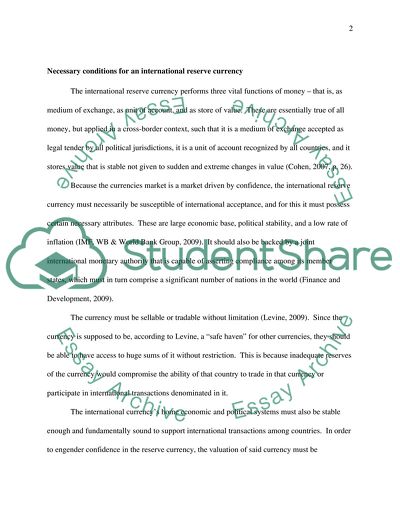Cite this document
(The Yuan as the New Reserve Currency Assignment, n.d.)
The Yuan as the New Reserve Currency Assignment. Retrieved from https://studentshare.org/macro-microeconomics/1747826-international-economic
The Yuan as the New Reserve Currency Assignment. Retrieved from https://studentshare.org/macro-microeconomics/1747826-international-economic
(The Yuan As the New Reserve Currency Assignment)
The Yuan As the New Reserve Currency Assignment. https://studentshare.org/macro-microeconomics/1747826-international-economic.
The Yuan As the New Reserve Currency Assignment. https://studentshare.org/macro-microeconomics/1747826-international-economic.
“The Yuan As the New Reserve Currency Assignment”, n.d. https://studentshare.org/macro-microeconomics/1747826-international-economic.


